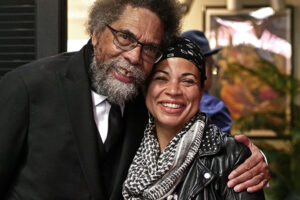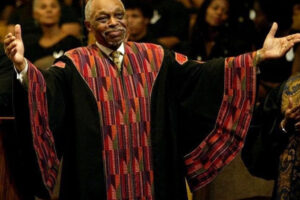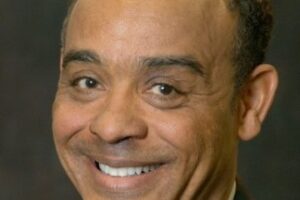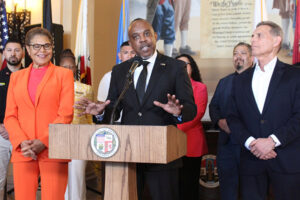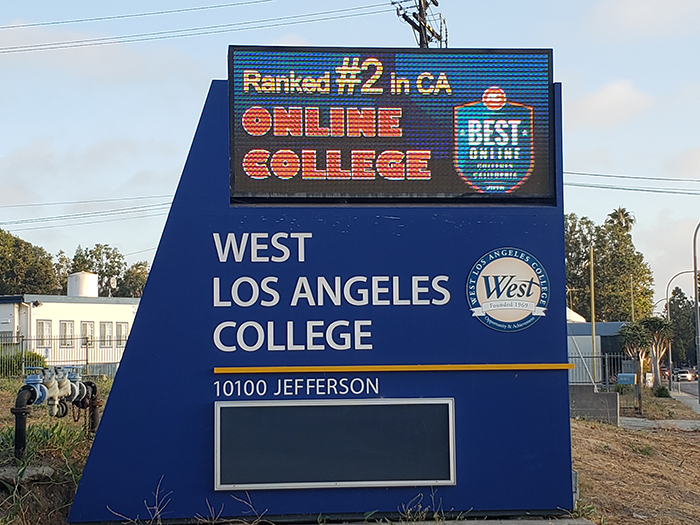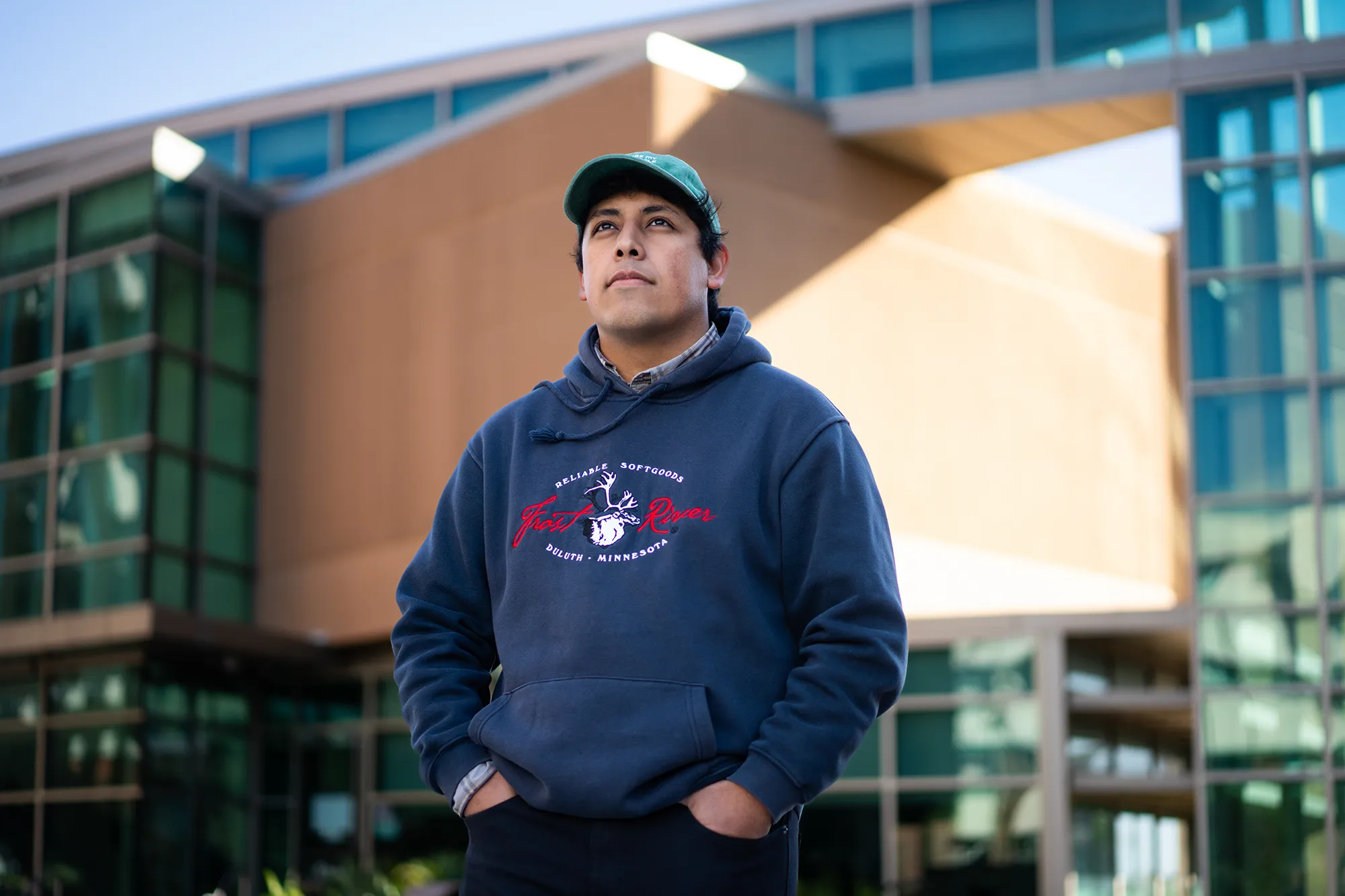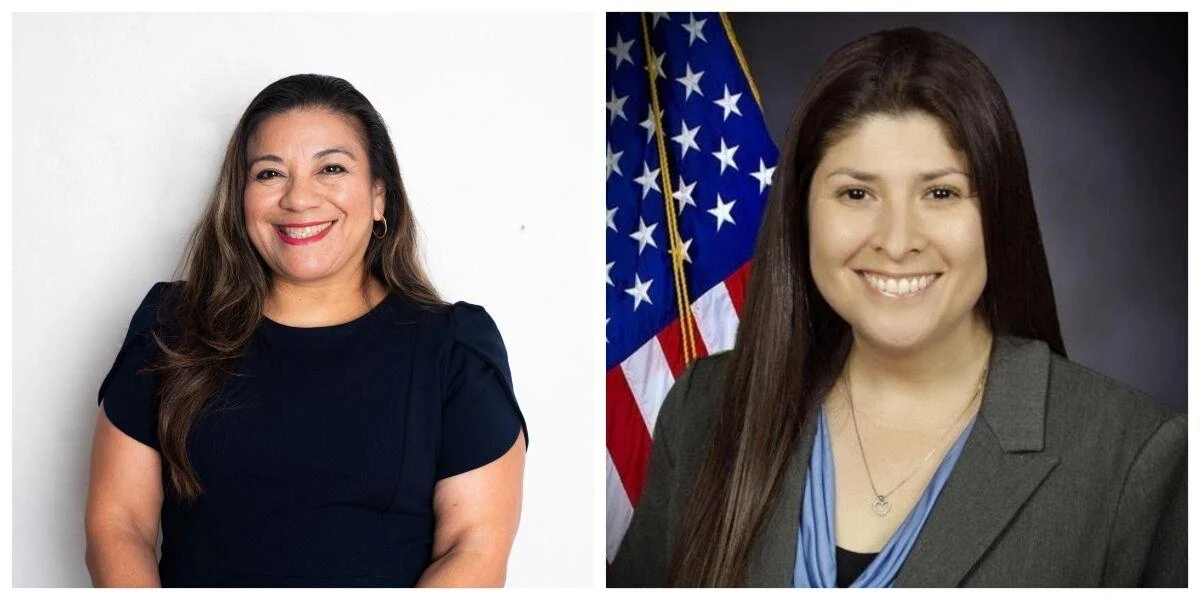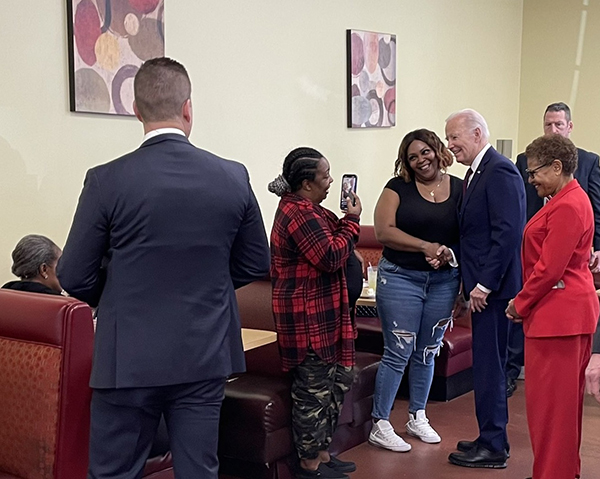CULVER CITY — As school districts across the country decide whether to reopen their classrooms for fall, the administration and faculty at West Los Angeles College are already in preliminary discussions about what an entire academic year of remote learning would look like.
Due to a recent surge in COVID-19 cases, college President James M. Limbaugh doesn’t expect West L.A. to reopen for in-person learning anytime soon.
“We’ve been discussing our contingency plans,” he said. “It’s projected that we’ll stay online all of next academic year through June 2021.”
The college has been following orders issued by the L.A. County Public Health Department throughout the pandemic. There has been no specific guidance for colleges and universities from the department’s Daily Life FAQ, issued on July 14.
Its instructions for the reopening of colleges and universities is in the process of being updated.
West L.A. College, along with other institutions in the nine-member Los Angeles Community College District, was forced to close its campus immediately on March 12, after California public health experts announced that mass gatherings should be postponed or canceled to slow the spread of the coronavirus.
Administrators from the colleges scrambled to find a way to switch from in-person instruction to virtual learning with minimal disruption to the education of more than 100,000 on-campus students districtwide. Using an “all hands on deck” approach, the district was able to transition to 100% online and remote instruction in 10 days.
Limbaugh called the transition a “herculean task.” He and his administration had to assess each faculty member’s ability to teach online; figure out how to retrofit computer systems for remote access; secure personal protective equipment for custodians who had to completely disinfect the campus; establish mass communication protocols; and adapt to other issues along the way.
“It’s been interesting,” Limbaugh said. “Every corner that you turn, there’s been another challenge that you never thought of. That’s the way that our days are right now.”
Having begun online education in 2000, West L.A. College did not struggle to convert classes to a virtual learning environment as much as other community colleges did.
The college has one of the largest distance learning programs in the district, with two-thirds of its classes regularly taught online, or through a hybrid or web-enhanced model, according to Eric Ichon, dean of distance learning, instructional technology and library services.
West L.A. College’s online program has been near the top of various national community college rankings, coming in 15th on the 2020 Top Online Community Colleges list published by College Consensus. The school also came in 13th on Optimal’s Guide to Online Schools’ 2020 Best Online Community Colleges in California list, which has been listed as a resource by Forbes.
Whereas other colleges and universities might have had to train the majority of their faculty to teach effectively online, most of the teachers at West L.A. already had that experience and were able to help train faculty from other colleges.
“It was kind of our day in the sun,” Ichon said.
Faculty members were given the option to choose between synchronous or asynchronous instruction. Synchronous instruction, or remote learning, meant maintaining the same in-person class schedule where students log in at the same time for lecture and discussion.
Asynchronous instruction, or online learning, often includes a pre-recorded lecture or an outline of the study material. Students can log on and view or download the information and submit their homework within a prescribed period of time.
Anthony Cuomo, an assistant professor of communications studies, has taught in-person and online courses at West L.A. since 2017 and was one of the faculty members who helped train others in online instruction. He said that a lot of students like asynchronous instruction, which make up 30% of the college’s courses, for their flexibility.
Cuomo added that although there are some hands-on courses that are difficult or impossible to convert to online learning such as dental hygiene or aviation technology, he thinks students in his public speaking class especially benefit from taking the course online.
For this class, students present their speeches to a virtual audience and receive feedback. With the pervasiveness of new media, learning to communicate effectively to a virtual audience is a vital skill.
“Social media, TikTok, YouTube, marketing campaigns, all of these things require us to be effective public speakers using technology,” Cuomo said. “It was a cool opportunity to think about how we’re going to prepare our students in this new context.”
Cuomo also learned to be flexible and think about students holistically when teaching virtually, especially when it comes to grading.
“I think about equity issues,” he said. “I don’t think my policies have changed, but I think that they have reinforced why it’s important to be flexible.”
Sophomore Franly Rivera had mixed feelings about the shift from in-person to remote instruction. The agricultural science major wants to eventually work for the United Nations’ International Foundation of Agriculture and has plans to transfer to Cal Poly Pomona in 2021.
Rivera said that some of her instructors were good at sharing their material. One instructor recorded his course lectures through short YouTube videos and assigned homework. He conducted Zoom meetings once a week to see how the students were taking in the information.
The required biology class, however, was a little more difficult to teach online.
“We had to do virtual lab classes which really didn’t help as much as we thought it would,” Rivera said. “The instructor dissected a frog and there was a lot of button-clicking trying to see simulated reactions. It wasn’t the same as it would’ve been in person. It was a big disappointment.”
Limbaugh said one big challenge is offering effective online programs for courses that require direct laboratory experience.
“We have about 250 students that could not complete their program this spring because of the hands-on nature of their classes, but we can’t get them back yet because we are aligned with the L.A. County Health guidelines about social distancing,” he said.
Still, Limbaugh marvels about what the college and the community college district accomplished in a short period of time.
“The greatest lesson learned is about the beauty that occurs when people work together on a common goal,” he said. “[We are] the largest community college district in the world — 230,000 students. If you think about what it took for all of us to pull together and make this shift in such a short amount of time, that is humbling. Looking at the big picture, what we accomplished is really mind-blowing.”
By Cynthia Gibson
Contributing Writer

